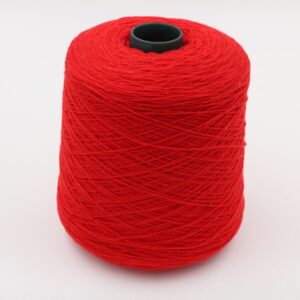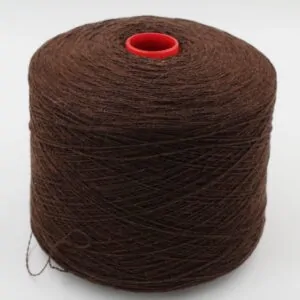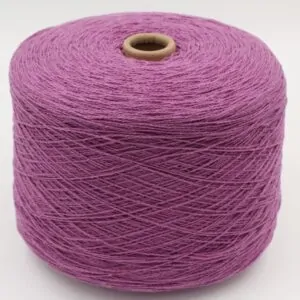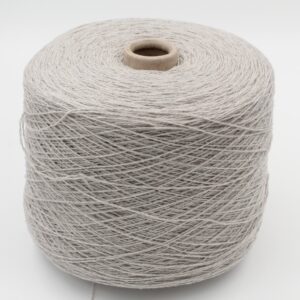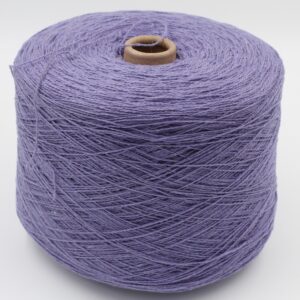Carded and combed spinning
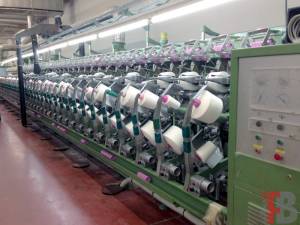
 Spinning begins with sorting and washing the fiber.
Spinning begins with sorting and washing the fiber.
Then the fibers are opened and beaten to free them from dust and impurities.
The fine and long fibers are intended for the creation of combed yarns and transformed into a ribbon called tops: the fibers are first parallelized and then wrapped around themselves. In this process the short fibers are eliminated and the result is a strong and very fine yarn.
Using machinery equipped with combs, the long fibers are smoothed and placed in parallel with each other, obtaining a combed ribbon called top.
Short fibers are used to make carded yarns, unlike worsted spinning, the fibers are crossed in every direction, made into card sliver then spun. The result is a full-bodied roving, less resistant and less fine (more ordinary) than worsted yarn.
Carding eliminates residual impurities and creates a ribbon in which the fibers are joined together.
In industrial processes, these processes are carried out using specially designed machinery that prepares the fiber for combing and transforms it into tops (for combed spinning) or carding sliver (for carded spinning).
Twists are applied to the roving and it is transformed into resistant, homogeneous and continuous yarn.
Then the twisting is carried out, twisting two or more threads together. The twisted yarn consequently has greater resistance.
Finally the yarn is wound, that is, wound into cones to be subsequently processed according to its subsequent use.
If the yarn is intended for knitting machine work, it will not undergo any other transformations before going to the machine. Subsequently, the product created by the knitting machines will undergo finishing, or more simply washing.
If, however, the yarn is intended for manual work, knitting or crochet, it will undergo other processes to be placed on the market in skeins or balls, with some exceptions, such as ours for example, where we sell our yarns in stock directly in cones.
The characteristics of the finished products made with these yarns will be light and fresh if obtained from combed fibres, physical and warm if from carded fibres, with the exception of noble fibers such as cashmere.



